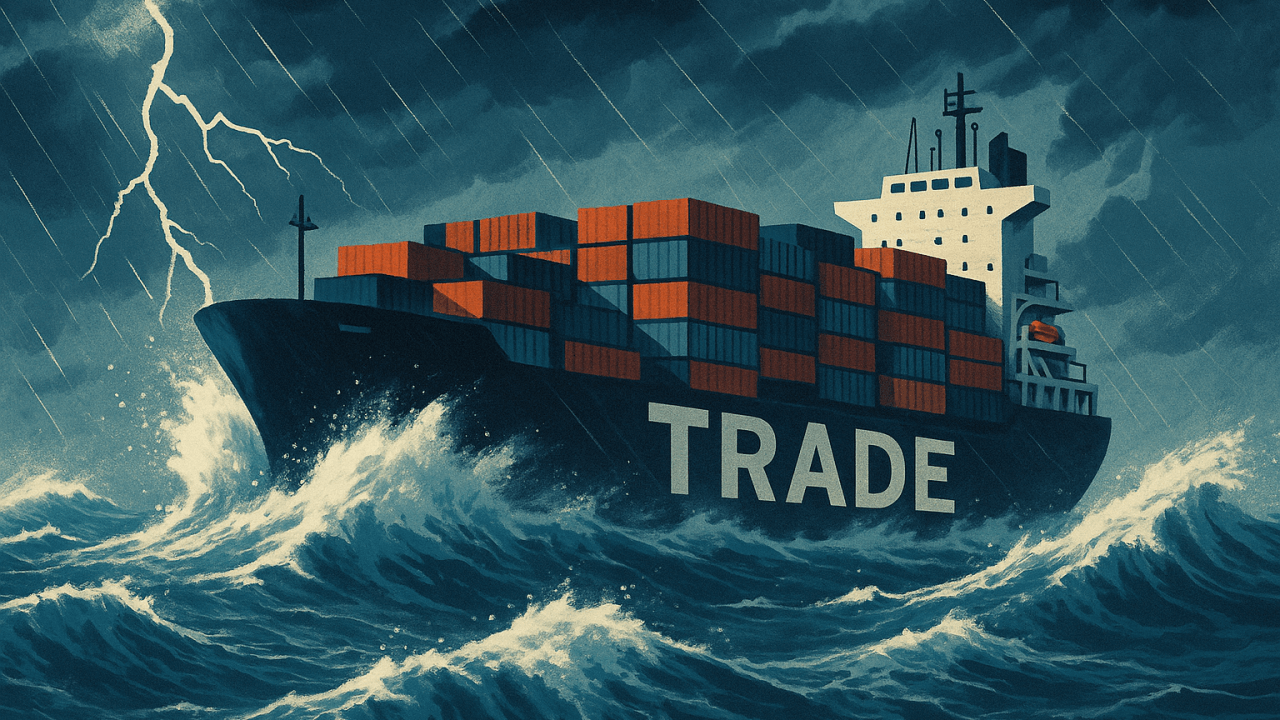Today’s regulatory landscape feels like navigating an asteroid field while dodging TIE fighters—fast-moving, high-stakes, and full of hidden threats. Between new ECCNs, the proliferation of license exceptions, increasingly complex sanctions programs, and the growing sprawl of denied party lists, even the best compliance programs can feel like the undermanned crew of a scrappy freighter navigating an Imperial blockade.
The stakes aren’t theoretical. Poor or incomplete classification doesn’t just risk regulatory issues—it creates friction across the business: delays in quoting, shipment holds, redundant review cycles, and costly fire drills. A lack of clarity slows everyone down. The longer the uncertainty lingers, the more damage it does.
The demands are clear: deliver fast, defensible classifications that withstand regulator review and move at the pace of business. Classification processes need to make the Kessel Run in under 12 parsecs, while holding up under audit.
In homage to the date, here are three Yoda-approved rules to bring structure, speed, and clarity to the classification process.
Rule 1: “Know your item, you must.”
You can’t classify what you don’t understand. That means knowing:
- The technical specs and performance thresholds
- The intended end-use and users, as well as unintended but likely uses
- Whether the item has dual-use capabilities or purely civil applications
🛠 How TCW helps: Upload a product brochure, enter a URL, or describe the item—TCW analyzes the data and surfaces potential classifications with the relevant triggers highlighted.
Rule 2: “Follow the order of review, you shall.”
Classification isn’t about guesswork. It’s about methodically applying the right steps:
- Begin with the USML—if it doesn’t apply, move to the CCL
- Apply “specially designed” logic using Release 1 and Release 2 tests
- Consider all applicable notes, performance thresholds, and carveouts
🛠 How TCW helps: A guided workflow walks you through the proper classification sequence. “Specially designed” logic is applied and documented as part of the process.
“An ad-hoc classification process is the path to the dark side. It leads to confusion. Confusion leads to errors. Errors lead to suffering.” — Yoda, to Anakin during compliance training
Rule 3: “Record the rationale, you will.”
Even good decisions fall apart without documentation. A solid classification rationale should include:
- The order of review followed
- Classifications considered and evaluated
- How “specially designed” was analyzed, if applicable
- A short narrative explaining why the final result applies
🛠 How TCW helps: TCW auto-captures this full rationale—immutable, reviewable, and exportable for peer review and audits. Or, if needed by a princess, for loading onto a data card bound for the Rebel Alliance.
TCW — Your Trusty Droid in the Field
Trade Compliance Workbench is built for teams that need speed, accuracy, and audit-ready documentation in one place.
- AI-powered classification engine Upload a product brochure, URL, or short description. TCW identifies potential NRC classifications, USML paragraphs, and ECCNs that might apply, with explanations.
- Guided order-of-review workflow Move methodically through USML and CCL categories with structured support—no shortcuts, no guesswork.
- Immutable classification rationale TCW stores every step: what was considered, how determinations were made, and who approved them.
- Auto-reassessment alerts When BIS or DDTC make changes to controls that impact your items, TCW notifies you which of your items might be affected.
- Knowledge Management module Curated guidance, template libraries, and configurable alert feeds—right at the point of decision. Updates are “baked in” so you’re never caught unaware.
The bottom line
Classification is foundational. Done right, it accelerates business and builds trust. Done wrong—or too slowly—and everything downstream starts to wobble.
“Master classification you can. Panic, you must not.” — Also Master Yoda
Trade anxiety for insight — book a TCW demo today.


